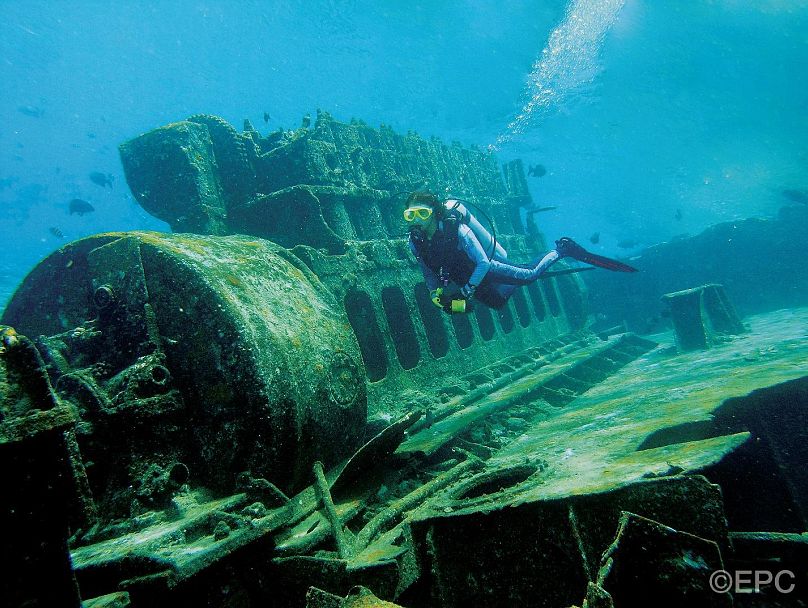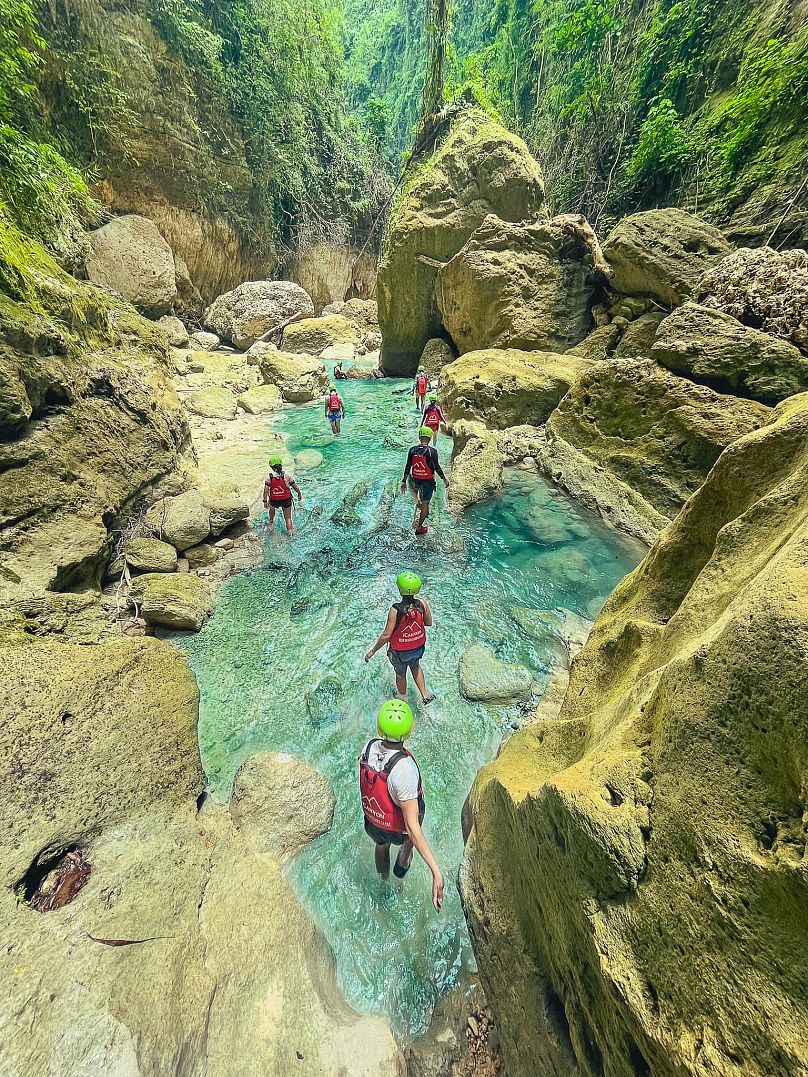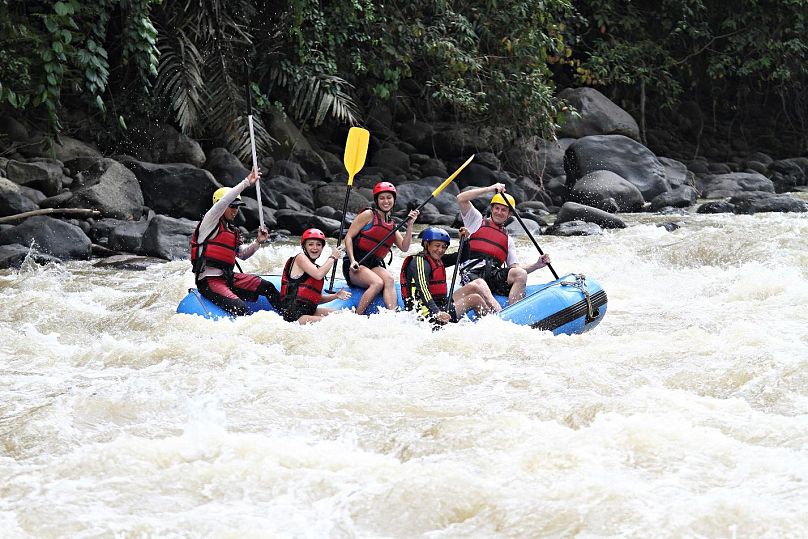The Philippines may be known for its beaches and luxury resorts, but in a country teeming with wild rivers, towering peaks and some of the most biodiverse marine life on the planet, thrill-seekers need not look away. From diving vertical walls in remote atolls to canyoneering in Cebu, these outdoor activities from land to sea will have you pining for an adventure in the Philippines this winter.
1. Summit Mount Apo, the roof of the Philippines
Stretching 2,954 metres above the southern Philippine island of Mindanao is Mount Apo, the country’s highest peak. The 64,000-hectare site is home to some of the Philippines' rarest plant and animal species, including the Philippine eagle, Philippine long-tailed macaque and the waling-waling orchid. There are several trails varying in length and difficulty up to the summit, from slow-paced circular loops via the deer-shaped Lake Venado to the steep, rocky scrambles and razor-sharp cliff edges of the Tamayong and Kapatagan trails. Whichever route you take, you won’t be disappointed with the scenery here: steaming geysers, hidden waterfalls and – for when your weary legs need a rest – natural hot springs await.
When should I visit?
Mount Apo can be climbed any time of year, but the best time to visit is between March and May for a lower chance of heavy rain and muddy trails.
2. Experience the Tubbataha Reefs on a “liveaboard dive boat”
Nestled between the Visayan region and the island of Palawan, the Tubbataha Reefs Natural Park is the Philippines’ largest protected marine area – and one of the world’s best dive spots. The park has thousands of hectares of colourful reef flats, crystal-clear lagoons and vertical walls dropping to over 100 meters in depth, an underwater paradise where more than 600 marine species, including sharks, dolphins, whales, manta rays and turtles, call home. The remote location of Tubbataha – the nearest port is around 10 hours away and there are no hotels – means divers can only experience the reefs on a “liveaboard dive boat”, an all-inclusive, purpose-built scuba diving boat where divers can spend multiple days out at sea.
When should I visit?
Diving season in the Tubbataha Reefs is from mid-March to mid-June, when rainfall is low and water visibility is around 30 to 45 meters.
3. Canyoneer the turquoise waterfalls of Cebu
Kawasan Falls – a three-tiered waterfall on the southwestern coast of Cebu island – is one of the Philippines' most famous natural wonders, and it’s easy to see why: Gatorade-blue water rushes through deep river canyons flanked by jungle, tumbling spectacularly into a series of natural swimming pools with floating bamboo pontoons. You can hike the lush canyon walls or take a relaxing dip in the blue pools, but the more adventurous way to explore Kawasan is on a half-day canyoneering tour. A blend of hiking, rock climbing, rappelling and cliff jumping, canyoneering in Cebu takes you from the highest tier of Kawasan Falls to the lower pools via rope swings, natural water slides and 30ft cliff jumps.
When should I visit?
To see Kawasan Falls at its most impressive, visit during the rainy season (June to November), when water levels are highest and the falls are at their most powerful.
4. White water raft the mighty Cagayan River
The Cagayan River – spanning 505 kilometres from the northeastern part of Luzon Island through the provinces of Nueva Vizcaya, Quirino, Isabela and Cagayan – is the longest and largest river by water volume in the Philippines. During the rainy season, the mighty Cagayan swells and rages with class II-V rapids, making it the perfect playground for a white-water rafting adventure. Most rafting tours on the Cagayan River depart from Northern Mindanao in Cagayan de Oro – a university city with a thriving street food scene – and last up to five hours. For extra time on the water, stay an extra couple of days for Cagayan de Oro’s popular kayaking and ziplining tours.
When should I visit?
The Cagayan River whitewater rafting season runs from July to December, when increased rainfall creates the perfect conditions for hair-raising whitewater rafting and kayaking.




